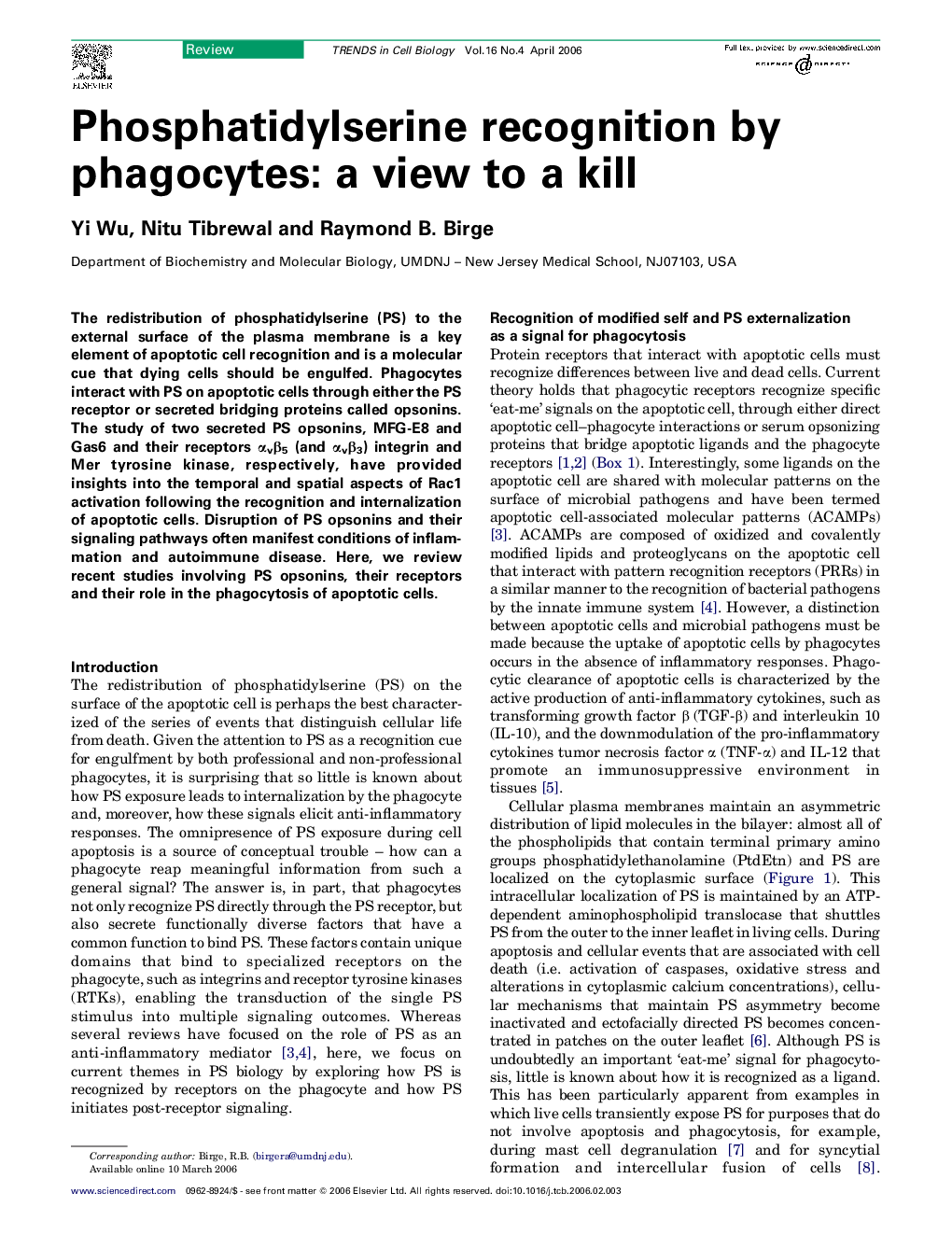| Article ID | Journal | Published Year | Pages | File Type |
|---|---|---|---|---|
| 2205244 | Trends in Cell Biology | 2006 | 9 Pages |
The redistribution of phosphatidylserine (PS) to the external surface of the plasma membrane is a key element of apoptotic cell recognition and is a molecular cue that dying cells should be engulfed. Phagocytes interact with PS on apoptotic cells through either the PS receptor or secreted bridging proteins called opsonins. The study of two secreted PS opsonins, MFG-E8 and Gas6 and their receptors αvβ5 (and αvβ3) integrin and Mer tyrosine kinase, respectively, have provided insights into the temporal and spatial aspects of Rac1 activation following the recognition and internalization of apoptotic cells. Disruption of PS opsonins and their signaling pathways often manifest conditions of inflammation and autoimmune disease. Here, we review recent studies involving PS opsonins, their receptors and their role in the phagocytosis of apoptotic cells.
